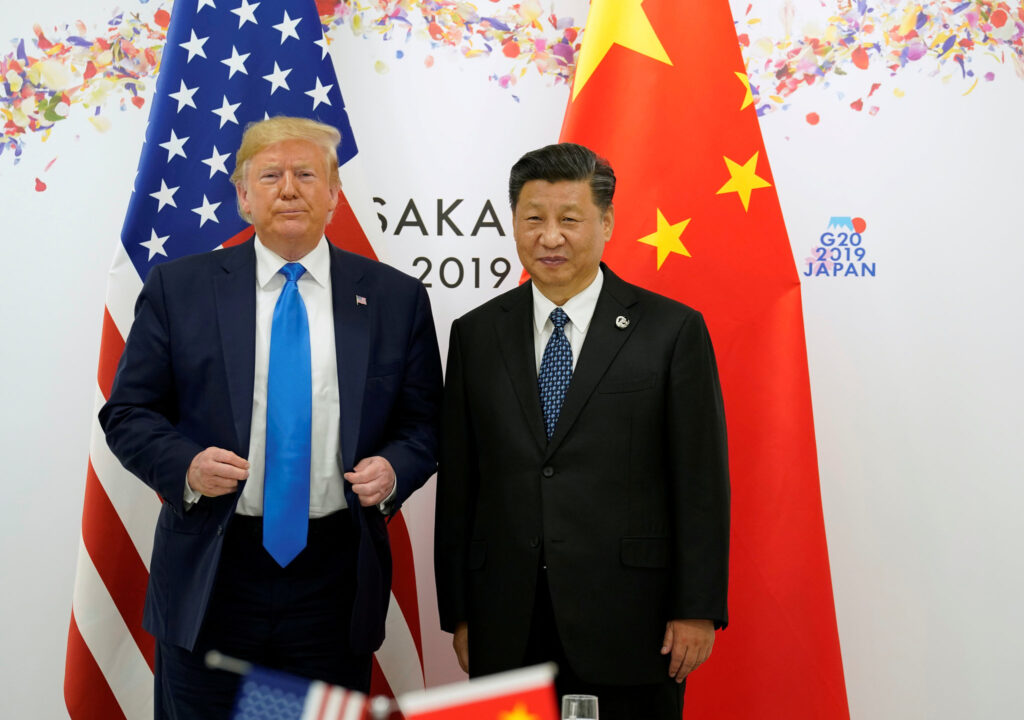The citation of a 900M Barrel Crude Oil Deal painting contract between China and the U.S. likely refers to a academic or academic script, as no similar specific deal has been officially verified as of recent updates. still, assaying the counteraccusations and environment of such an agreement involves several crucial considerations
Scale and Feasibility
Global Context: The U.S. exports ~3-4 million bpd, so diverting a large portion to China could strain logistics or require increased production.
Volume: 900 million barrels is substantial. For context:

The U.S. consumes ~20 million barrels per day (bpd), so this represents ~45 days of U.S. demand.
China imports ~10-11 million bpd; this contract could cover ~2.46 million bpd over a year, or a smaller annual volume if spread over multiple years (e.g., 90 million barrels/year over 10 years = ~246,000 bpd).
Strategic provocations
China Seeks energy security by diversifying suppliers beyond the Middle East, Russia, or Africa. Long- term contracts hedge against price volatility and force dislocations.
United States Benefits from stable demand for shale oil painting, supporting domestic directors and balancing trade poverties.
Trade and Geopolitics
Phase One Deal( 2020) China agreed to buy$ 50 billion in U.S. energy products( including crude, LNG, coal) over two times. A 900M Barrel Crude Oil Deal at
70/ barrel would total

63 billion, exceeding previous commitments, suggesting a new or extended agreement.
Pressures U.S.- China trade controversies, tariffs, or warrants( e.g., on Chinese enterprises) could complicate accommodations. Payment in USD vs. yuan and compliance with warrants( e.g., on Iran, Russia) might also be sticking points.
Logistical Challenges
Transportation Shipping crude from U.S. Gulf Coast to China takes
30- 40 days, taking a line of VLCC tankers. Costs and insurance would factor into pricing.
structure U.S. import outstations and Chinese refineries would need to handle increased volumes.
request and Environmental Impact
Pricing Could be linked to marks( WTI, Brent) or negotiated at a fixed rate. A large contract might impact global oil painting prices.
Climate enterprises Both countries face pressure to transition to renewables, but such a deal underscores ongoing reliance on fossil energies.
Verification
No sanctioned 900- million- barrel deal has been blazoned. Recent energy agreements include China’s 27- time LNG deal with Qatar( 2023) and lower U.S.- China oil painting deals. Large- scale crude contracts would probably involve state- possessed Chinese enterprises( Sinopec, CNPC) and U.S. exporters( Chevron, ExxonMobil).

While a 900- million- barrel deal is theoretically possible, its scale raises questions about practicality and geopolitical alignment. Any similar agreement would gesture a significant shift in U.S.- China energy trade dynamics, taking careful navigation of profitable, logistical, and political challenges. For now, this appears to be a academic or academic script rather than a verified contract. Always relate to sanctioned government or commercial adverts
for vindicated deals.



